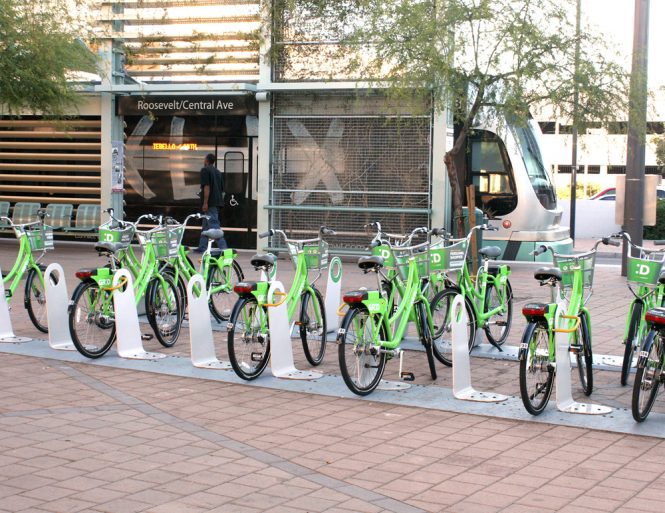
Coast to Coast Transportation: Connecting America from Sea to Shining Sea

=================================================================
What’s the Deal with Coast to Coast Transportation?
Hey there, fellow travelers. Are you planning a trip across the vast expanse of America? Well, you’re in luck because we’ve got the lowdown on coast to coast transportation. From the sun-kissed beaches of California to the bright lights of New York City, we’ll take you on a journey to explore the best ways to travel from one coast to the other.
A Brief History of Coast to Coast Transportation
Before we dive into the nitty-gritty of modern transportation, let’s take a quick look at how people traveled across America in the past. The first transcontinental railroad was completed in 1869, revolutionizing travel from coast to coast. Folks could finally ride the rails from the East Coast to the West Coast, covering over 2,700 miles of rugged terrain. Fast forward to the 20th century, and the construction of the Interstate Highway System made road trips a breeze.
Choosing the Right Mode of Coast to Coast Transportation
So, you’re planning a trip from one coast to the other. You’ve got several options to choose from, each with its pros and cons. Let’s break it down:
By Air
Flying is the fastest way to travel from coast to coast, with flight times ranging from around 5 hours to 6 hours, depending on the route and airline. You can fly from major airports like LAX, JFK, or SFO, and reach your destination quickly. However, flights can be pricey, especially during peak travel seasons.
By Train
Taking the train is a scenic way to see the country while traveling from coast to coast. Amtrak’s California Zephyr and Southwest Chief routes take you on a stunning journey through the Rocky Mountains, the Midwest, and the Mojave Desert. The train journey takes around 2-3 days, depending on the route and type of accommodation. While it’s not as fast as flying, you’ll have more legroom and can walk around freely.
By Bus
Bus travel is an affordable option for those on a budget. Companies like Greyhound and Megabus operate from major cities, offering multiple departures throughout the day. The journey takes around 2-3 days, depending on the route and the number of changes. Keep in mind that bus travel can be tiring, and you’ll need to plan for accommodations during layovers.
By Car
Driving from coast to coast is a classic American road trip experience. You can take your time, stop at quirky roadside attractions, and enjoy the scenic views. With a car, you have the freedom to create your own itinerary and make spontaneous decisions. However, driving long distances can be tiring, and you’ll need to consider fuel costs, accommodations, and vehicle maintenance.
Road Trip Planning: Tips and Tricks
If you’re planning a coast to coast road trip, here are some tips to keep in mind:
- Plan your route: Choose a route that suits your interests, budget, and time constraints. Popular routes include the I-80, I-40, and Route 66.
- Prepare your vehicle: Make sure your car is in good condition, with proper tire pressure, oil, and functioning brakes.
- Pack smart: Bring essential items like snacks, water, maps, and a first-aid kit. Don’t forget to check the weather forecast and pack accordingly.
- Take breaks: Stop at rest stops, national parks, or quirky attractions to stretch your legs and take in the views.
- Budget wisely: Consider fuel costs, accommodations, and food expenses when planning your trip.
America’s Most Scenic Coast to Coast Transportation Routes
Route 66: The Mother Road
Route 66 is an iconic American road trip route that spans from Chicago to Los Angeles, covering over 2,400 miles of picturesque terrain. You’ll pass through quaint towns, national parks, and quirky roadside attractions.
I-80: The Transcontinental Highway
I-80 is a popular route that takes you from San Francisco to New York City, covering over 2,900 miles of diverse landscapes. You’ll pass through the Sierra Nevada mountains, the Great Plains, and the Appalachian Mountains.
I-40: The Southern Route
I-40 is a southern route that spans from Wilmington, North Carolina to Barstow, California, covering over 2,500 miles of scenic terrain. You’ll pass through the Appalachian Mountains, the Mississippi River Delta, and the Mojave Desert.
The Future of Coast to Coast Transportation
As technology advances and environmental concerns grow, the future of coast to coast transportation is set to change. Here are some exciting developments to look out for:
- High-speed rail: Amtrak’s Acela Express and the proposed California High-Speed Rail project promise to revolutionize train travel, reducing journey times and increasing efficiency.
- Electric vehicles: As electric cars become more affordable and charging infrastructure improves, road trippers can expect a more sustainable and environmentally friendly option.
- Hyperloop: The Hyperloop is a proposed mode of transportation that uses vacuum-sealed tubes to transport passengers at speeds of up to 700 mph, reducing journey times from hours to minutes.
Closing Thoughts on Coast to Coast Transportation
Coast to coast transportation is an iconic American experience that offers something for everyone. Whether you’re a thrill-seeker, a nature lover, or a history buff, you’ll find a mode of transportation that suits your style. From flying to driving, training to bus travel, the options are endless. So pack your bags, grab your camera, and get ready to embark on the adventure of a lifetime.
Coast to Coast Transportation: The Ultimate Guide
Planning a trip across America? Look no further. This comprehensive guide covers everything you need to know about coast to coast transportation, from flying to driving, training to bus travel. Get ready to explore the best routes, tips, and tricks for the ultimate American road trip experience.